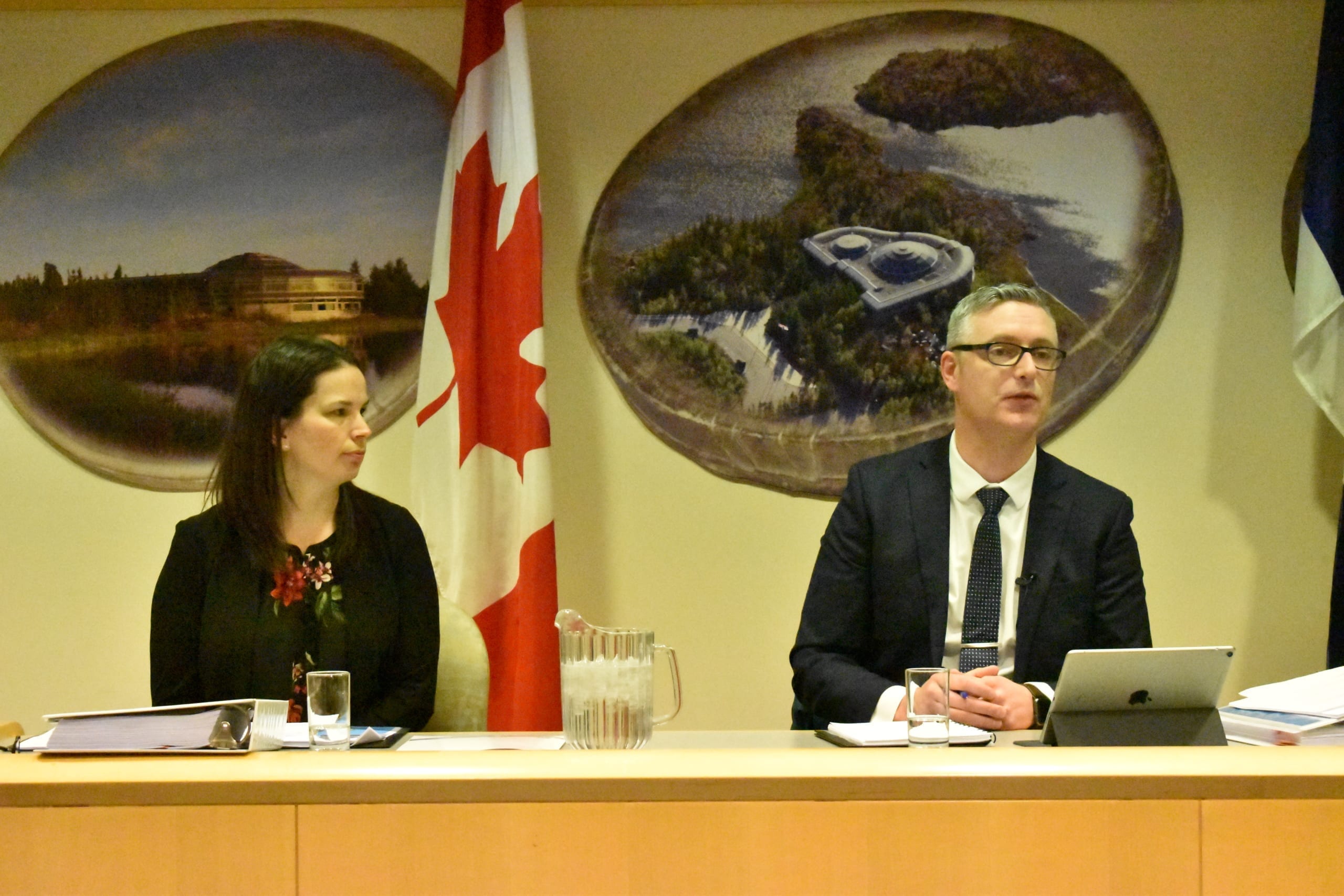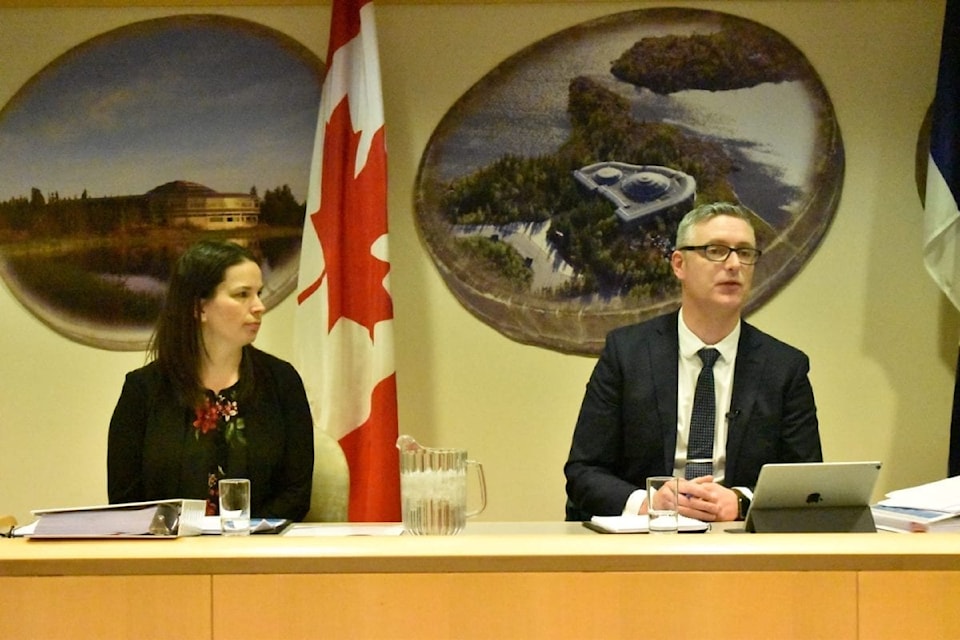The GNWT has released its five-year evaluation report of the Education Renewal and Innovation initiative for junior kindergarten to Grade 12 education in the territory.
Jennifer Young, director of planning, research and evaluation with the Department of Education, Culture and Employment (ECE) and John MacDonald, assistant deputy minister with ECE explained the main points of the technical report in the legislative assembly building.

The report assesses the years 2014-2019 of the decade-long ERI initiative that was launched in 2013, and covers 49 schools, 8,700 students and 645 teachers.
Among the key findings in the report – and on a positive note – Young said that 80 to 90 per cent of high school students are passing their core subjects every year.
With student health and well-being, 75-80 per cent of students in Grades 6 and 10 feel their teacher accepts them for who they are.
With student engagement in school, since 2014 students have an attendance rate of about 80 per cent. About 84 per cent of teachers are satisfied with their job.
But not all of the findings the education officials presented were positive.
As the Office of the Auditor General review that was presented Thursday showed, there are some big challenges facing education in the territory, namely the wide gaps in outcomes between schools in Yellowknife compared to the communities.
“These disparities show up in early childhood and persist into high school, graduation, participation in post-secondary education and training,” Young said.
As an example, Young cited the Early Development Instrument (EDI) indicator, and children in small communities were deemed the least developmentally "on track." The rate was also half that of Yellowknife.
Another measure – the MDI (Middle Years Development Instrument) – showed that the percentage of Grade 4 and 7 students who are considered “thriving” is lower in small communities compared to Yellowknife and regional centres such as Hay River and Inuvik.
Graduation rates for first-time Grade 12 students showed a wide difference since 2014 when comparing students in Yellowknife with those in small communities.
Almost 20 per cent fewer first-time Grade 12 students in small communities graduated in 2014 compared to Yellowknife. That gap gradually widened to almost 30 per cent by 2018, when less than 40 per cent of those students graduated Grade 12, and about 70 per cent of students in Yellowknife graduated.
There was also a finding that the report called the “high school bottleneck” where Grade 10 had the highest number of students of all grades, partly because some students were repeating the grade.
“Many students don't fully transition out of Grade 10. Some students find they're not ready for Grade 10,” Young said. “Repeating grades in high school has negative consequences. Students who remain in Grade 10 for longer than one year have lower graduation rates than students in Grade 10 for the first time. More supports are needed to be offered to high school students.”
To address the geographic disparities, the report recommends that ERI be refocused for small communities and programs should be reviewed for adjustment or removal.
Another recommendation is to revise the approach towards funding with a focus on equity and increasing support to small communities, in collaboration with the communities and Indigenous governments and organizations.
The ERI initiatives themselves cost $15.1 million in GNWT funding for 2014-2019, out of the total government budget for the school system of $158.4 million.
